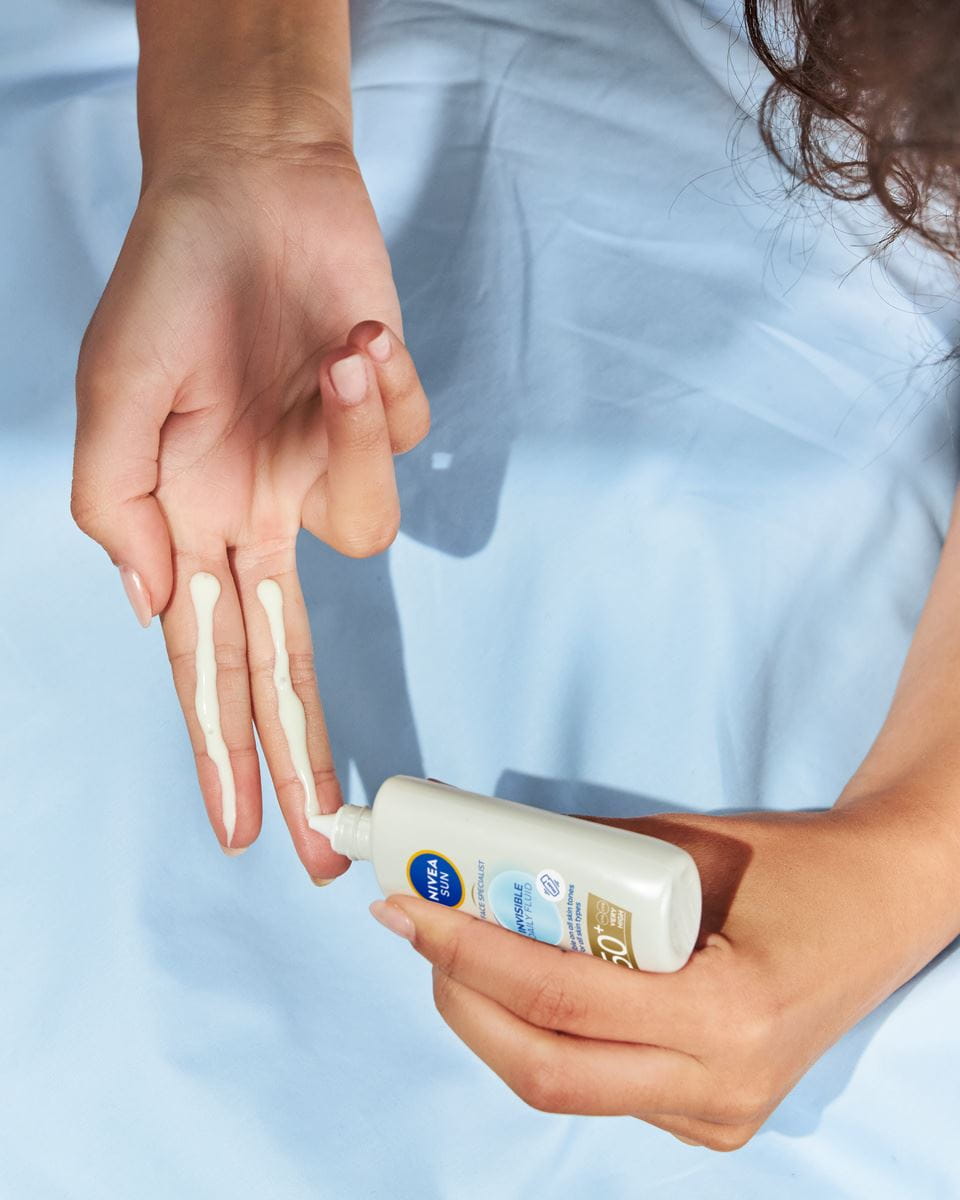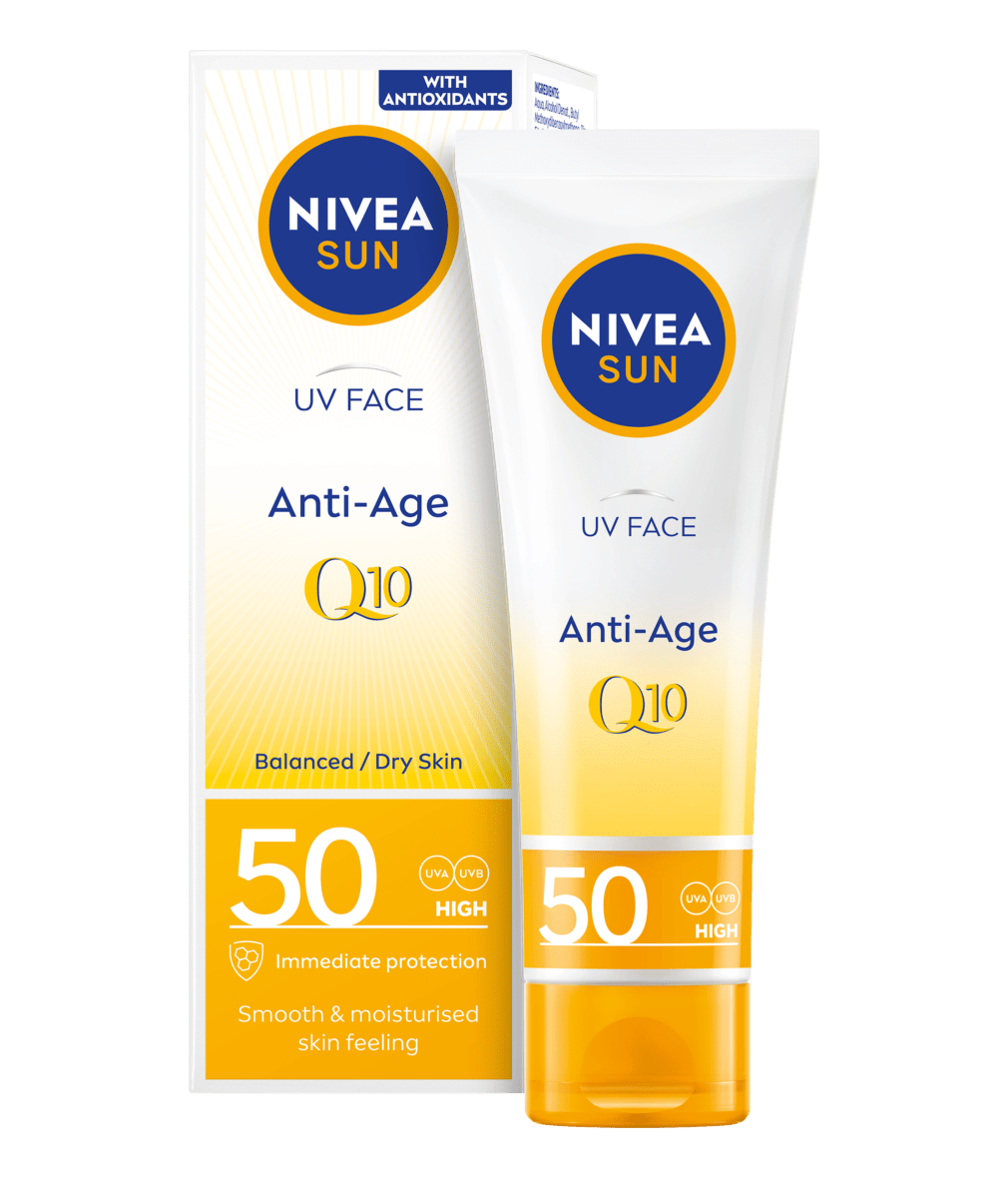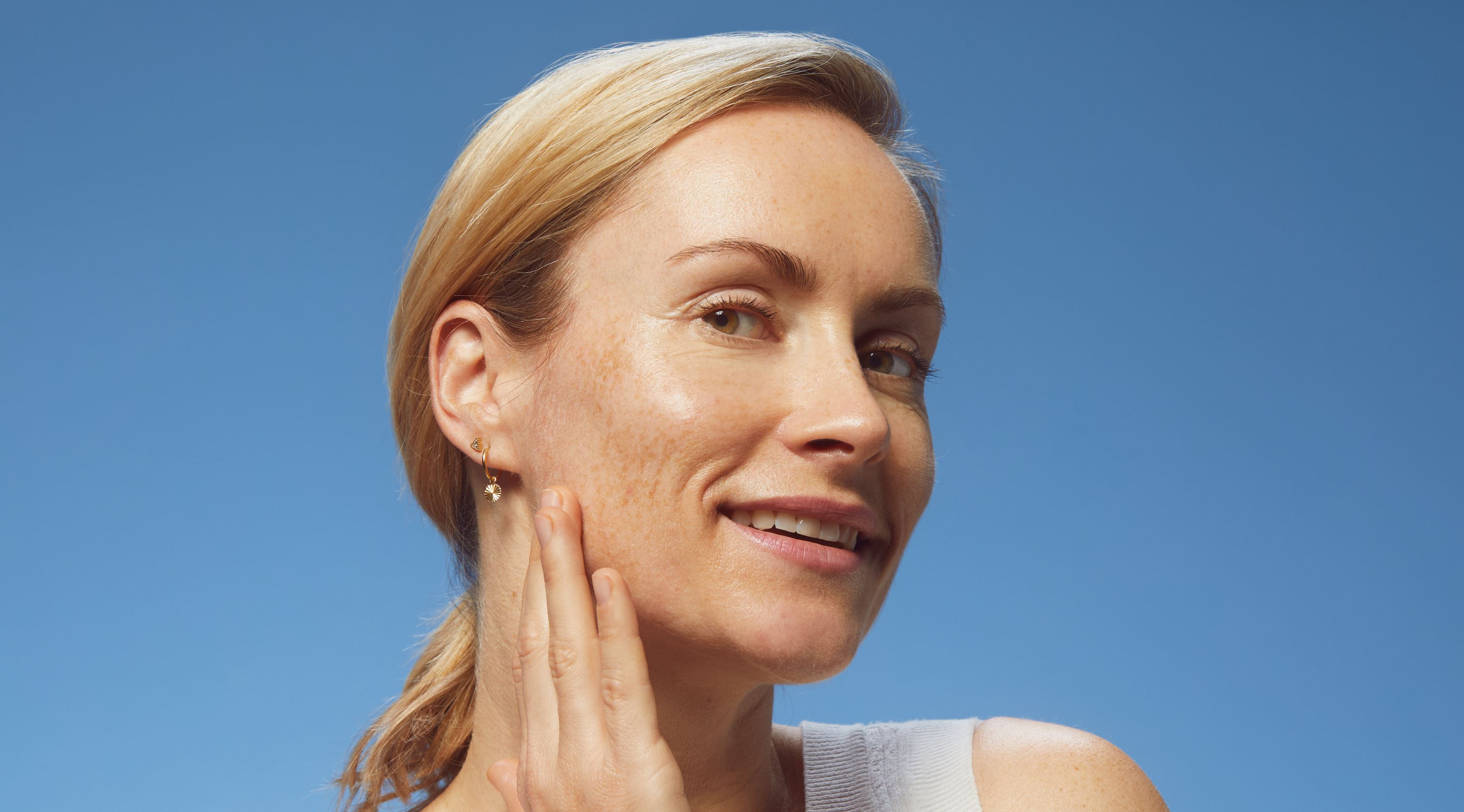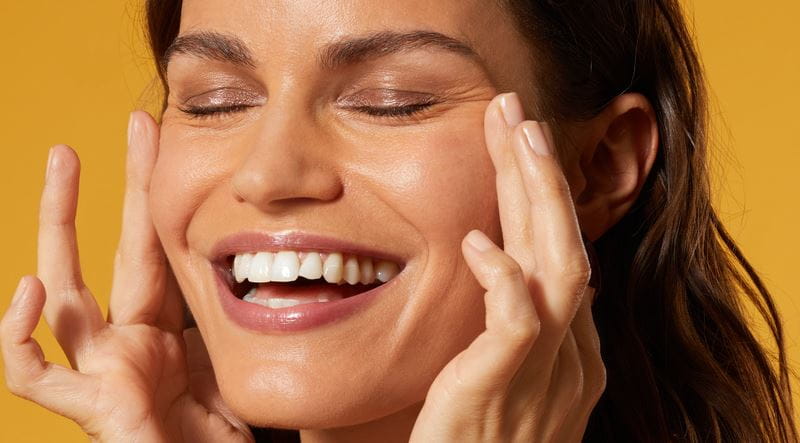
How To Treat Sunburn: Discover 6 Key Tips
Discover 6 tips for sunburn care. Learn about common symptoms, how long sunburn lasts, and how to soothe pain and heal your skin quickly.
Sunburn occurs when the skin is exposed to too much sun, causing it to burn. This usually makes the skin red, sore, and sometimes swollen. Knowing how to care for sunburn is crucial for several reasons. First, it helps the skin heal faster, reducing the time spent in discomfort. Appropriate skin care also helps to reduce the risk of skin damage. Knowing how to treat sunburn helps the skin to recover more quickly from excessive exposure to the sun.
What is sunburn and What Causes it?
Sunburn is a skin condition that occurs when the skin is exposed to too much ultraviolet (UV) radiation from the sun or artificial sources like tanning beds. This excessive exposure can lead to inflammation or damage to the skin cells, which can then cause the skin peeling. Two main types of UV that affect the skin are UVA and UVB. UVB rays are primarily responsible for sunburn, while UVA rays could cause long-term skin damage such as photoageing or premature ageing.
6 Common Sunburn Symptoms to Watch For
It is important to recognize the symptoms of sunburn so you could act quickly. Common symptoms include:
Sunburn Treatment
How to Help Sunburn
If you realize you have a sunburn, taking the right steps immediately could help reduce discomfort and speed up healing. Here is what to do:
NIVEA Sun UV Face Specialist Triple Protect SPF 50+
The NIVEA Sun UV Face Specialist Triple Protect SPF 50+ offers advanced protection for your skin. This lightweight formula shields your face from harmful UV rays, pollution and blue light damage, helping to prevent sun-induced ageing and pigmentation.
Enriched with Vitamin E, Hyaluronic acid and Algae Extract, it helps hydrates and moisturises while protecting your skin from environmental stressors. Ideal for daily use, it provides high-performance care without clogging pores, leaving your skin radiant and smooth,
Enriched with Vitamin E, Hyaluronic acid and Algae Extract, it helps hydrates and moisturises while protecting your skin from environmental stressors. Ideal for daily use, it provides high-performance care without clogging pores, leaving your skin radiant and smooth,
Facts Overview
How To Care For Sunburn
Sunburn Prevention
How to Avoid Sunburn
Avoiding sunburn is all about protecting your skin from too much sun exposure. Here are some simple steps to help you stay safe:
Summary
Sunburn results from overexposure to UV radiation, causing redness, soreness, and swelling. Proper skin care allows the skin to heal more faster and help reduce the risk of skin damage. Effective skin care involves cooling the skin, using an after-sun moisturiser and drinking water to stay hydrated. To prevent sunburn, regularly apply sunscreen, seek shade, and wear protective clothing.






